| Moving Along 2/5-12 As predicted, the weather window we wanted for a few days in the Marquessas never materialized. We spent another few days wind bound in the Mud Keys enjoying some good fishing and then back to Key West for a night and a Cuban meal. Next morning we struck east to Saddle Bunch Keys then on to Bahia Honda. 2/12-15 We left the Keys with a big (40 miles) open water run north from Bahia Honda State Park to Cape Sable a day before several days of strong easterly winds were forecast. Little Shark River has a well marked river mouth and is right in the middle of the Everglades gulf coast. We spent the night there and the next morning we wandered up the coast to the Broad River. We followed the Broad up to Tarpon Bay and down the Harnery River to the Gulf . Having read the Everglades described as the River of Grass we were again interested to observe only mangroves. We had our third alligator siting of the loop on the Harney. For some reason our alligator encounters are down on this Florida visit, probably due to cooler water. 2/15-17 A couple of days in the 10,000 Islands area was our next stop. We treated ourselves to lunch at the Rod and Gun Club in Everglades City (est. 1865) and really enjoyed the decor and sporting memorabilia of old mounted fish and tackle. Sad to say, the lunch could only be described as mediocre-crab cakes that I strongly suspect came out of the freezer and were given a ride in the microwave. 2/17-20 Florida's first Marine Protected Area was our next destination and this time it was right to explore. Estero Bay is a shallow bay, perhaps 20 miles more or less square. We spent two nights anchored off Mound Key State Archaeological Site. We kayaked and fished and hiked the island, enjoying the interpretive panels describing the pre contact life and culture of the Calusa Indians. We also managed to catch a nice sea trout for supper which we grilled-really like the grill feature of our propane stove! 2/20-21 We departed Estero Bay and made a short run to Sanibel Island where our new friends Ted and Carrie hosted us for some lovely meals and our first night ashore in a bed. The next morning Ted drove us to the local farmer's market and we picked up a few treats. 2/21-2/22 A late morning departure allowed us an easy run back to Cayo Costa for a night in a crowded anchorage. I was really annoyed at the catamaran sailor that anchored 40 yards upwind of upwind of us and fired up his generator at sunset although he shut it off quickly enough when I yelled at him. I have no idea why he didn't anchor further away, the were hundreds of acres of good isolated room to anchor. 2/22-3/1We had a half day run to Englewood where we visited with Lib's Mom for a week and helped her get to the airport for her return to snowy northern Maine. A daily three mile walk to Stump Pass and back plus some bicycling provided some much needed aerobic exercise. More windlass repair and great service from the Stump Pass Marina folks and were ready to travel. 3/1-6 We left Englewood about a week and a half ago. We spent the first couple of nights at Don Pedro State Park, a lovely barrier island park with great trails and beaches to walk. From there it was back to Cayo Costa for a night at anchor where unbelievably we had another encounter with ill mannered catamaran sailors. This episode involved again a boat anchoring perhaps 30 yards to port, again with lots of isolated anchorage available. Pretty soon two more boats rafted up to them. Almost immediately the dinghies started to swarm in and the party was on. The folks were pretty quiet until just at sunset somebody powered up the PA and started broadcasting the clubs news and events. I'm not sure if I learned anything about the harbor or catamaran cruisers from these experiences but having vented I'll move on figuratively and literally. 3/6-8 The Okochobee Waterway bisects southern Florida, allowing boaters to skip the long trip down around the Keys by leaving the Gulf at Fort Meyers and entering the Atlantic Intra Coastal Waterway at Stuart. We loafed up the Caloosahatchee River around the Rim Route on Lake Okochobbee and down the St. Lucie River over the course of five easy days. The Caloosahatchee was a pleasant mix of wild and pasture with a few small towns. We spent a couple of nights In LaBelle, a pleasant little river community with ample free public dockage. This has been a real rarity on our loop. LaBelle must have an exceptionally talented grant writer to have been able to develop three fine facilities within a half mile of each other, one of which even has free water and power. A walk around town through the live oak shaded neighborhoods, a few groceries, a super BLT at the coffee shop and a nice chat with the onwer of the honey store and it was time to continue eastwards. 3/8-10 The river remained scenic through the town of Moorhaven where the engineering of the shores became more obtrusive. The south shore was a graded and mown bank similar to an interstate highway shoulder. The north shore was the head high grass that we had been looking for in the Everglades. We found (from Skipper Bob Guidebook) a delightful side basin and spent the evening watching hundreds of egrets, ibises and herons of all species flying in at dusk to roost on a wooded point a hundred yards from the boat. Their pre dawn departure sent the cat racing around the cabin and mewling crazily. Needless to say we had an early breakfast of ployes (French buckwheat pancakes) with walnuts and bananas and maple syrup. 3/10-11 We stopped at the Patokey Municipal Marina for ice the next morning. We had called ahead and the receptionist had advised that it was windy and it would be a bouncy stay if we chose to overnight there. The wind was off the land and the basin was very calm. The marina was largely deserted, less than a quarter full and the docks reeked of guano from hundreds of roosting terns and black skimmers so we were glad to keep moving. Dolphins, in addition to being amongst our favorite critters, are a nautical term used to describe the tripods of pilings that are driven in series in water of sufficient depth to moor a tow. We spent our last night on the Okochobee Waterway tied fore and aft to the dolphins at the St. Lucie Lock after agreeing with the lock master that we'd move if a tow needed to moor. He strongly hinted that was unlikely and he was right. 3/11-13 We've spent the last two nights at anchorages just off the AICW and are finding that the best anchorages are man made albeit unintentionally. The spoils islands that dot the waterway were created by dredging to keep the waterway navigable but they often provide excellent protection and have naturalized to the point that they're quite scenic. Bridge causeways are another great anchorage possibility once you get used to the traffic noise and there's always a sheltered side. 3/13-14 Now in Titusville at the municipal marina, we're enjoying an overnight at very well maintained and professionally staffed facility. Walked into town for a great breakfast at the Sunrise Bakery. The highlight of the stay though is the manatee that's hanging around our slip. They're attracted to freshwater so when I started flushing the motor and hosing the deck he was right there. More soon. Farewell Florida, Georgia on my mind 3/14-17 We spent these days wanderin up the Intracoastal Waterway. We enjoyed the wild scenic character of Mosquito Lagoon but were glad the mosquitoes were for some reason not on duty. While much of the stretch nortn to the St. Johns River is heavily developed we were able to find wild (and fish-less) anhorages most nights. 3/17-24 I've wanted to explore Florida's St. Johns River for years perhaps because Maine's St. John River is a favorite of mine. Other than the facts that they both hundreds of miles in length and flow north for siginificant portions of their lengths, they could not be more different. Maine's St. John's northern reaches drain the wild northern tip of Maine. Its a swift shallow river that in spring time offers one of Maine's premier whitewater backcountry canoe trips. Florida's St. Johns is naviagable by cruising boats to at least 200 miles from the sea. By Florida standards tides run big here. We saw our first five foot tidal range of the trip here. While the lower forty miles are pretty heavily built up, the river becomes wilder up river from the town of Palatka. We found some lovely anchorages in the back river channels. A hike on Murphy Island yielded a great bobcat sighting afoot, a first for both Libbey and me. Going up and again back down river we had the real pleasure of visiting and sharing meals with one of our Alaska friends and her husband. Thressa and I were wilderness fishing guides in Ketchikan, Alaska in 2008 and have stayed in touch through Facebook. She and her husband Randy are liveaboards at Holland Marine in Green Cove Springs. It was great to meet Randy and reminisce with Thressa about all the halibut and rock fish our guests pulled from icy waters of the Tongass National Forest. 3/24-26 We spent almost exactly four months in Florida and were ready to go and stay longer a the same time. One last night in Florida at Piney Island on the Amelia River and we're into Georgia. Since we don't plan to buy Georgia fishing licenses we were hoping for a last fish dinner until S. Carolina. Hopes were high when the drag on Libbey's reel started to scream.. We quickly realized it was probably too much fish for too little rod. Actually it turned out to be too much fish for the hook which broke in half on a strong run. Our first night in Georgia was spent anchored in the marshes along Jove Creek just off Mackay River in the ICW. Grey skies and vicious no-see-ums but still very pretty. |
|
0 Comments
|
AuthorWe're Steve and Libbey from Whitefield, Maine. We're launching this blog as we start our attempted circumnavigation of America's Great Loop in August 2015. We'll be traveling living aboard our 24' Maine lobster style boat the Laughing Gull Archives
September 2017
Categories |

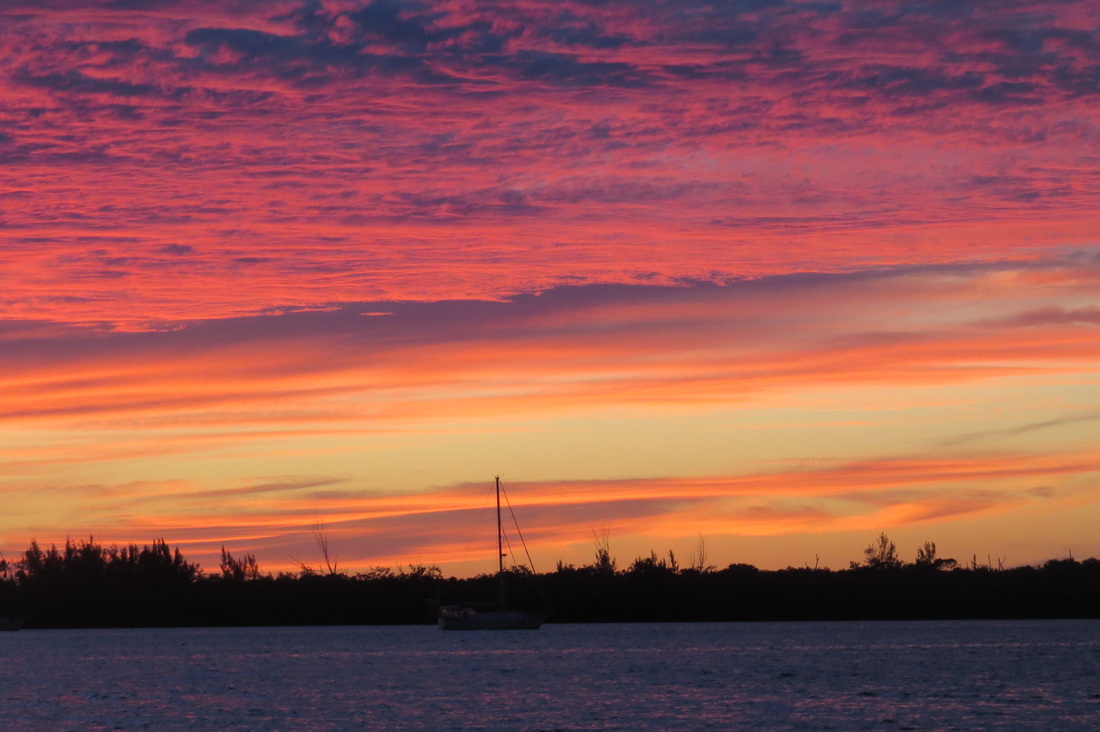
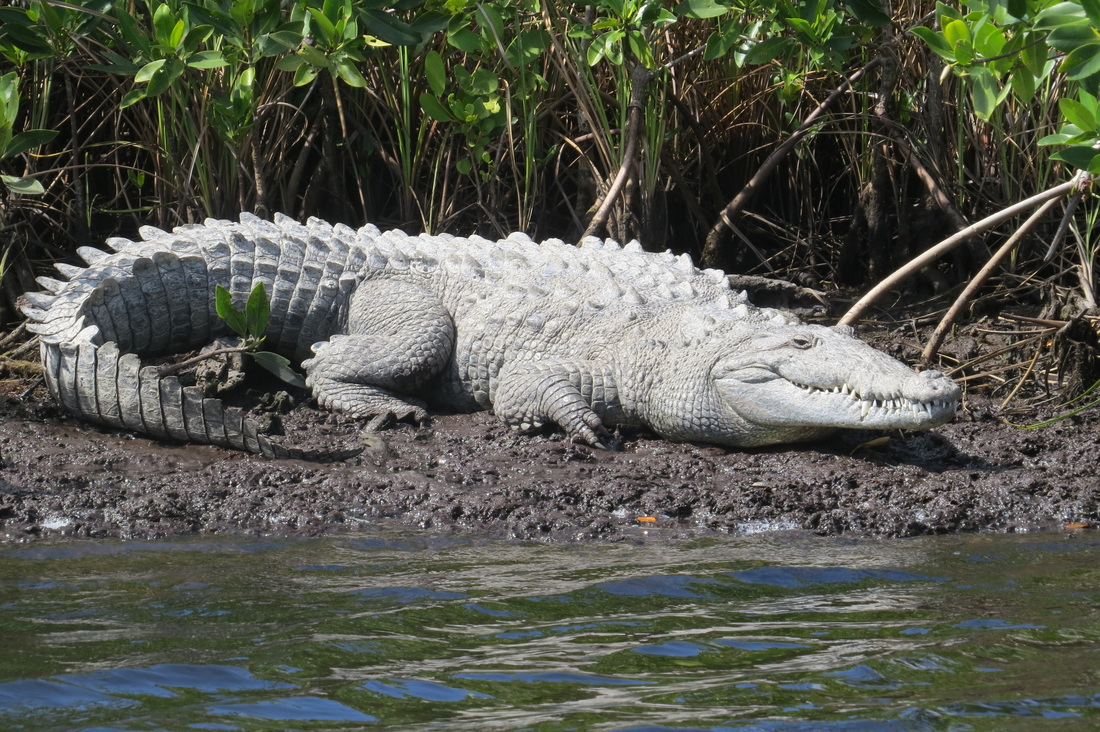
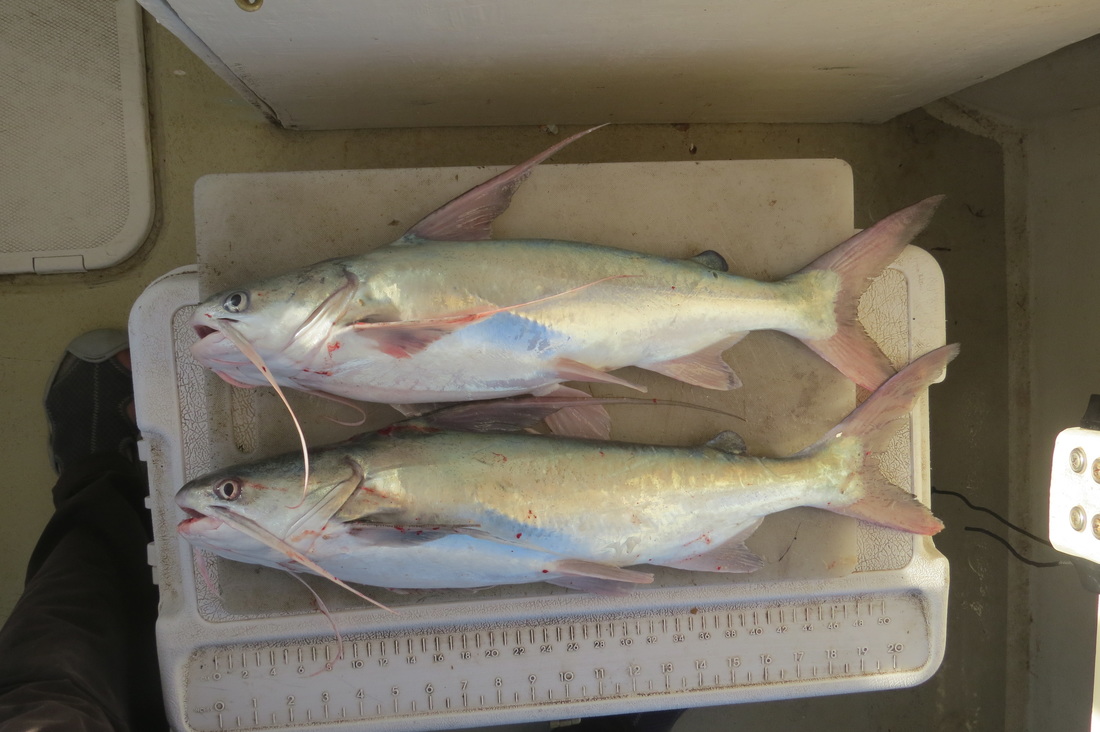
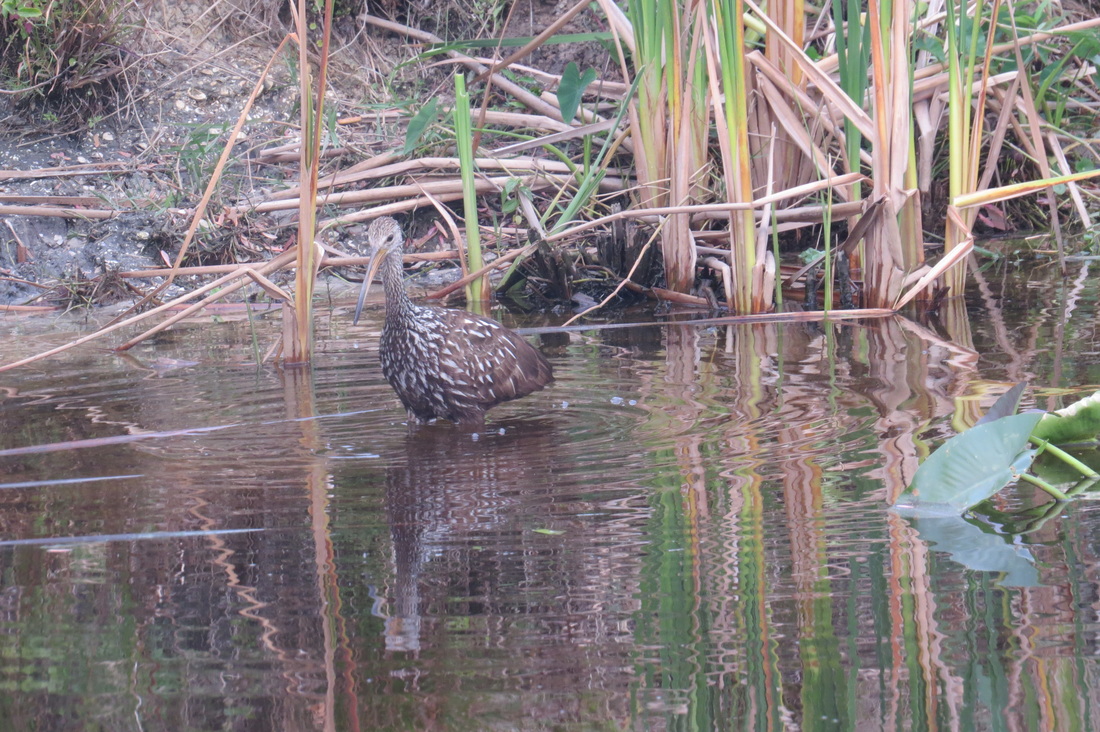
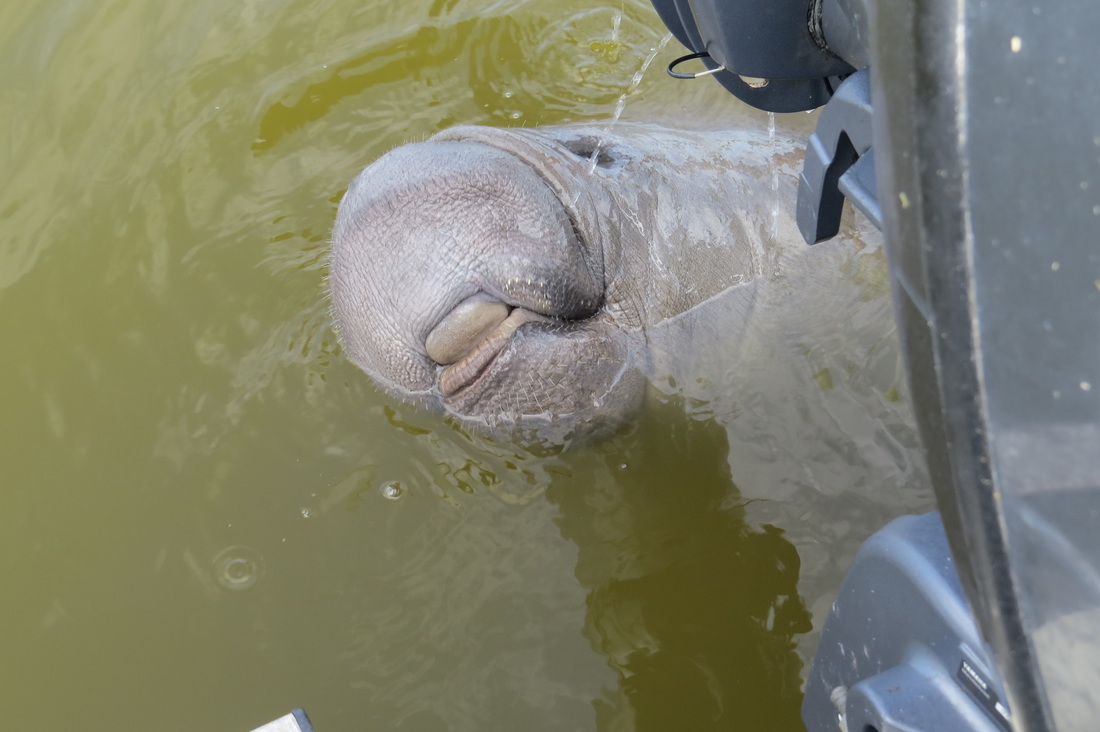
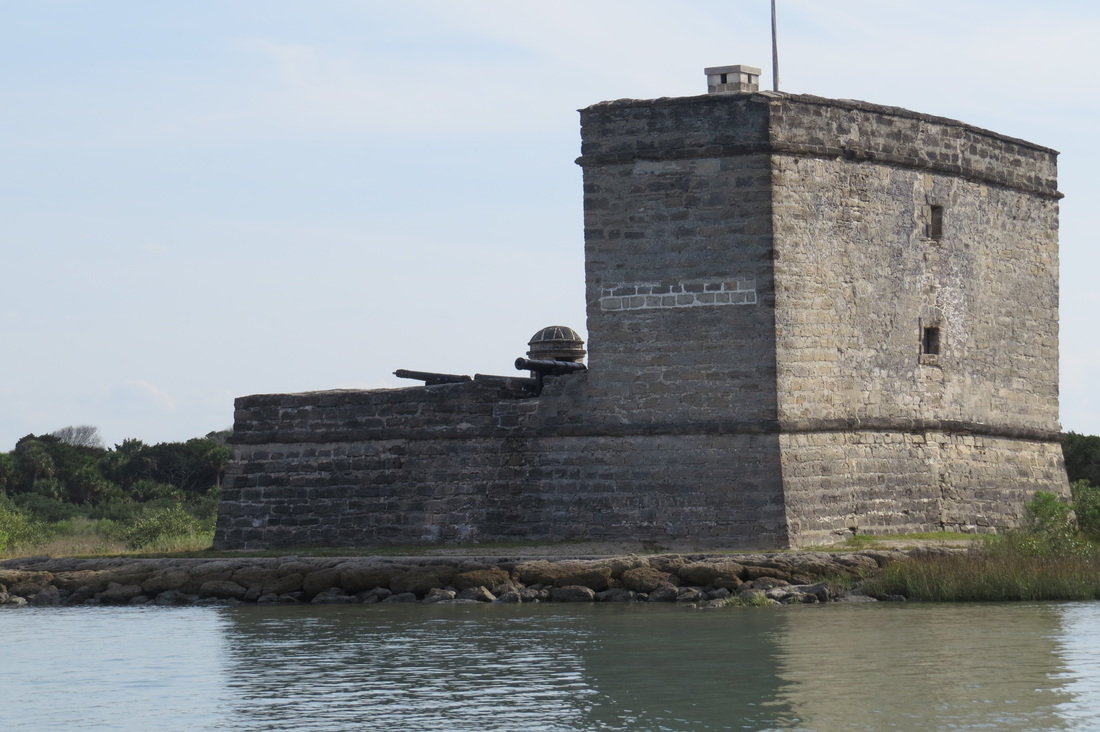
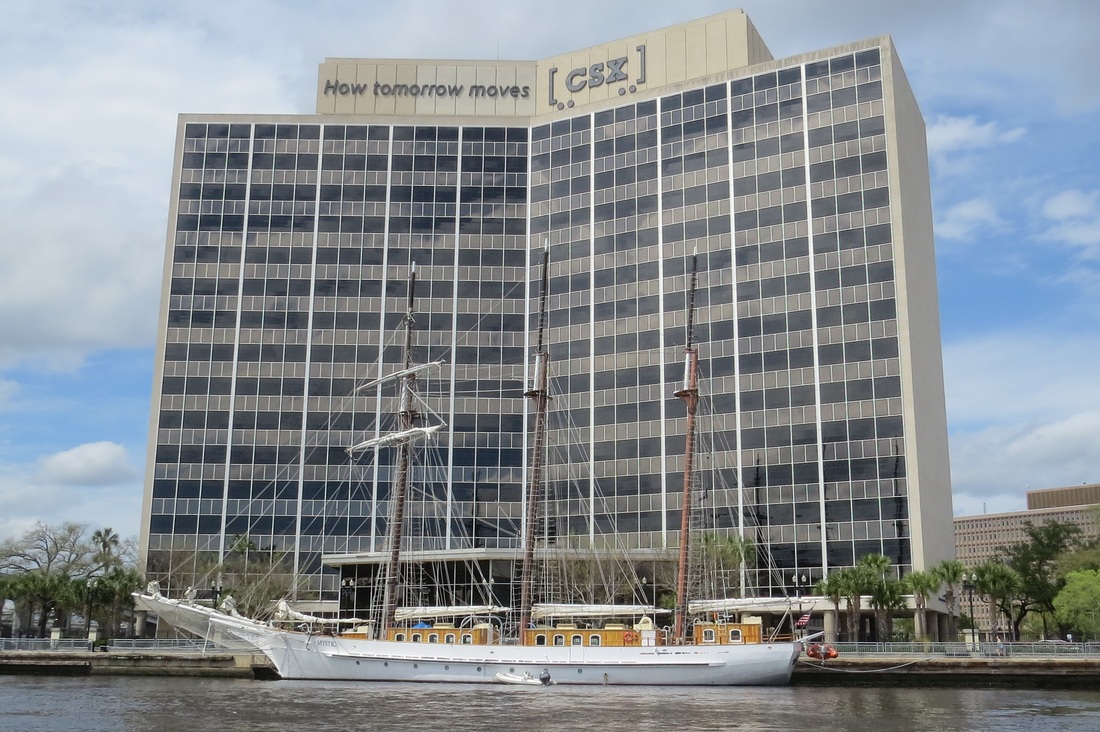
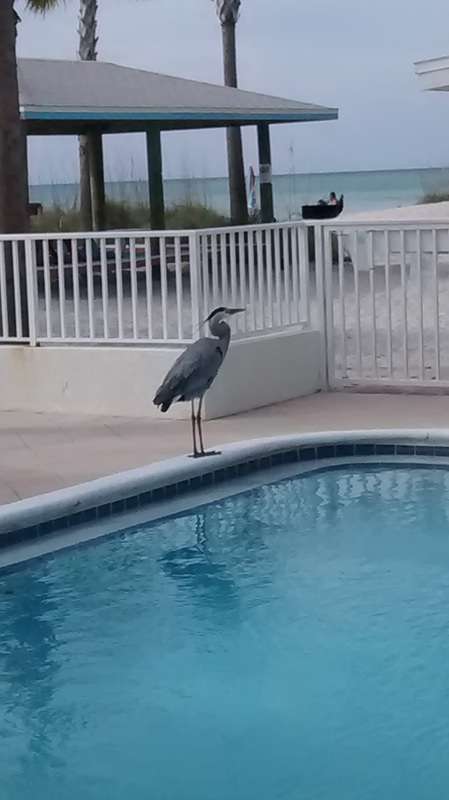
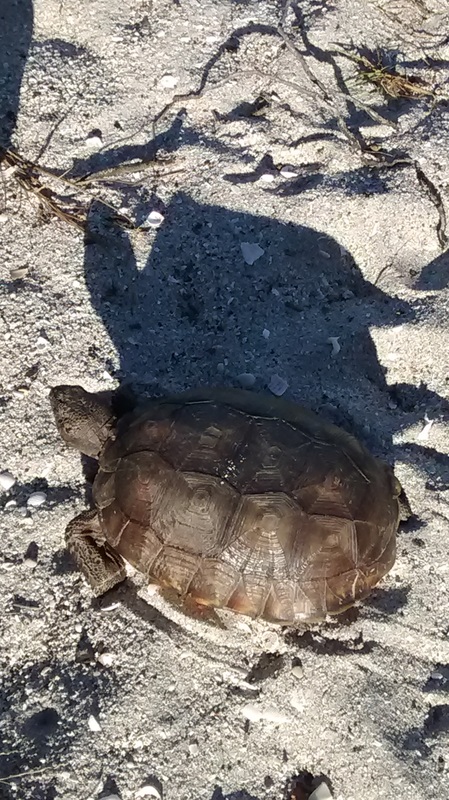
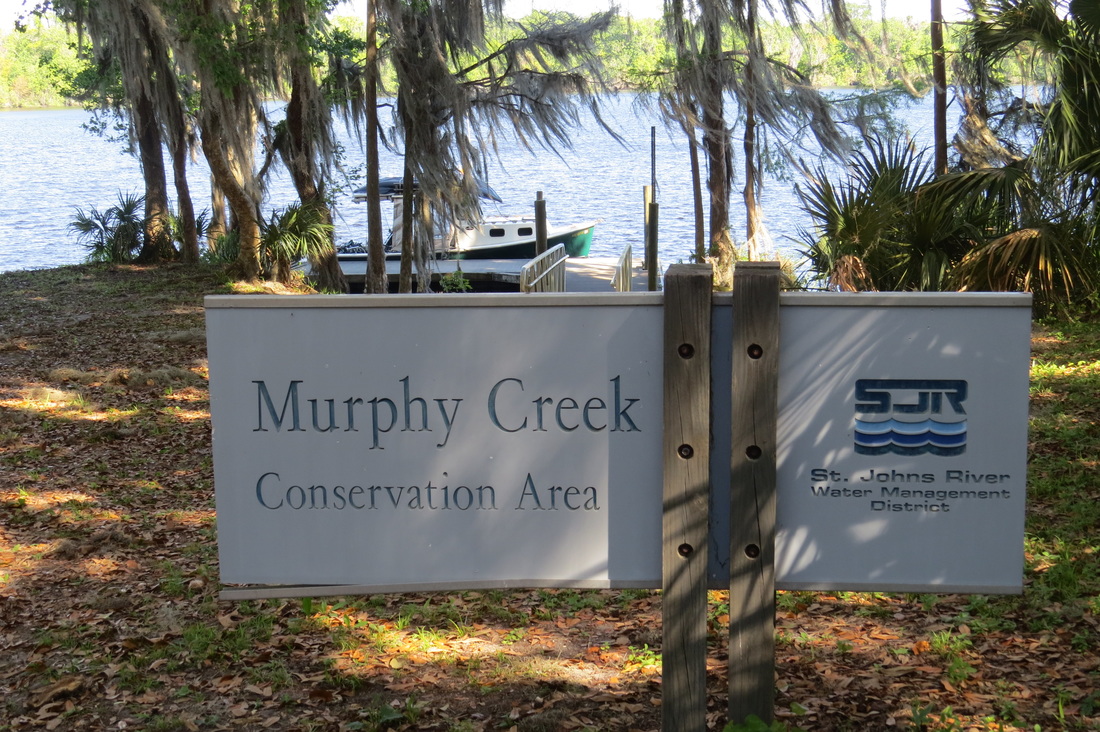

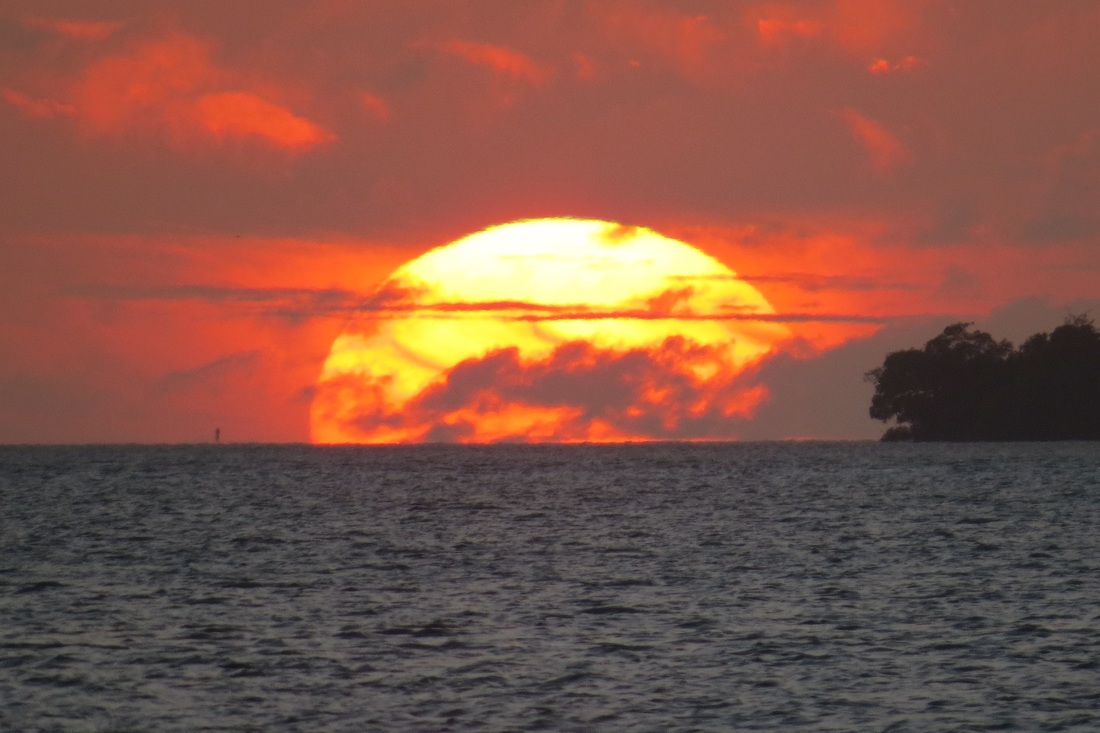
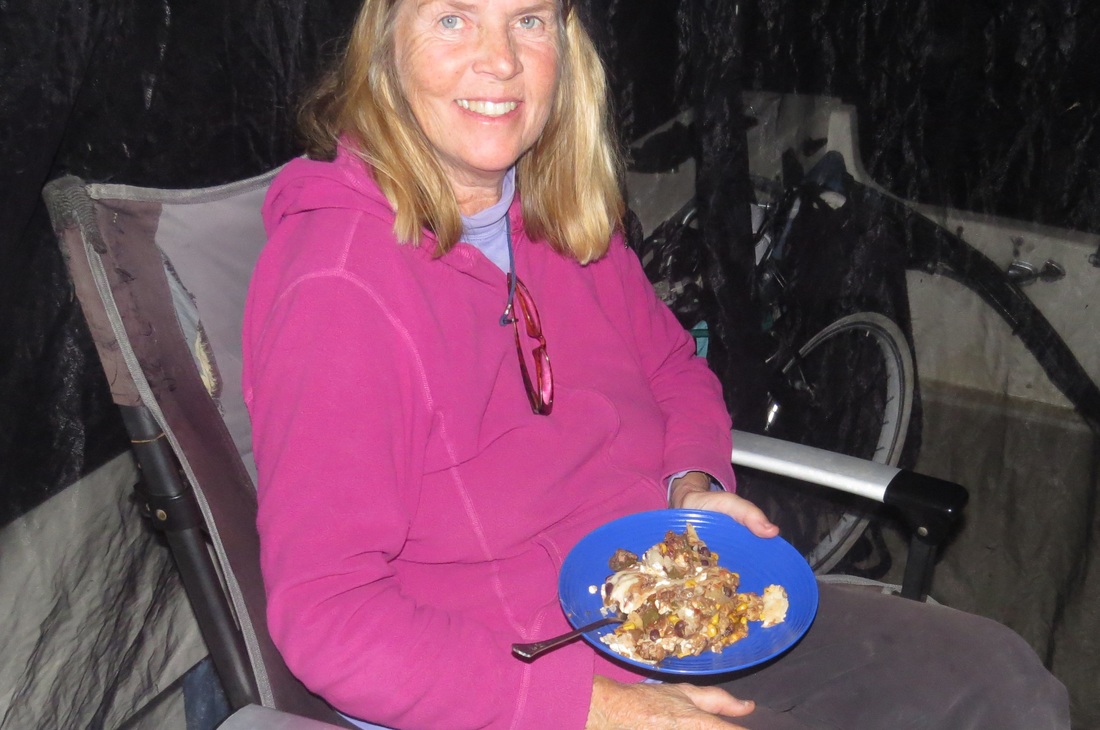
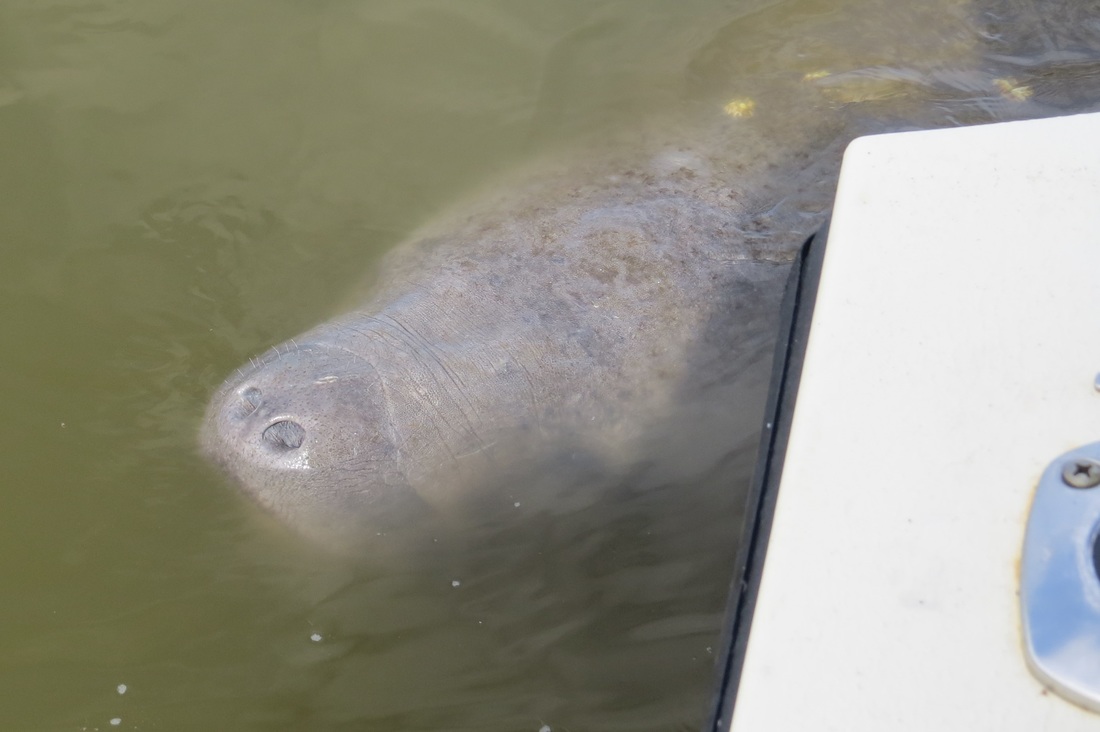
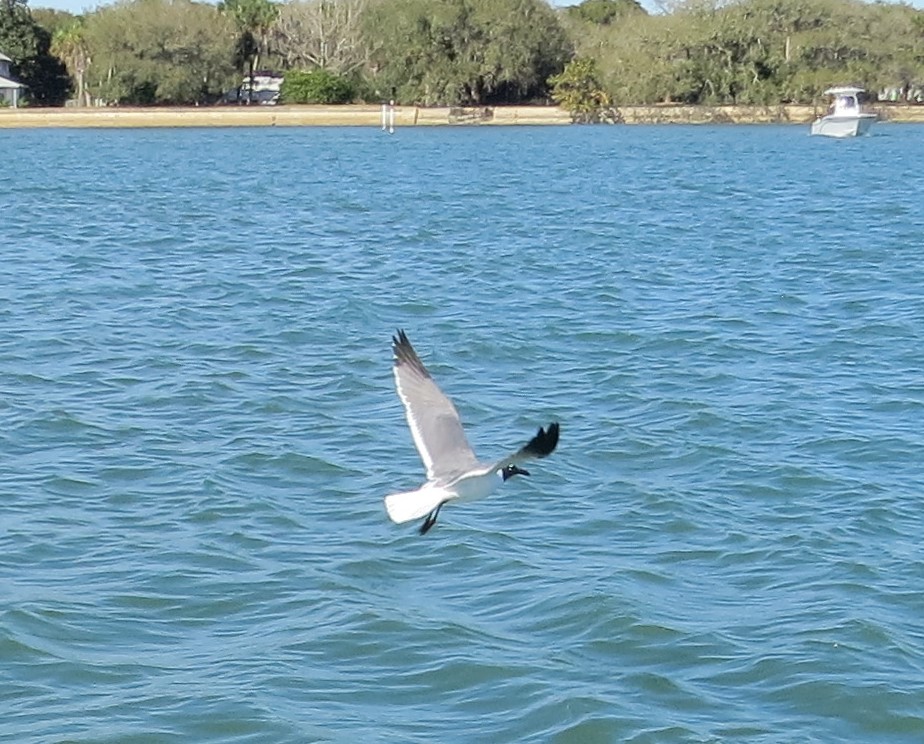
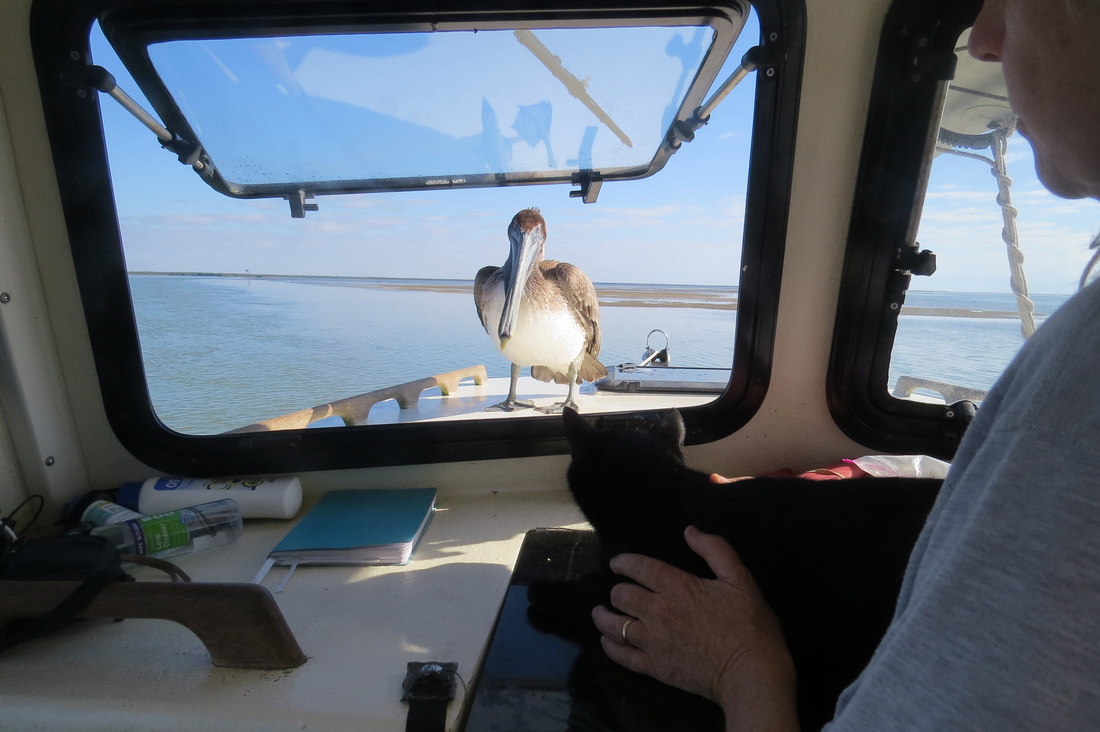
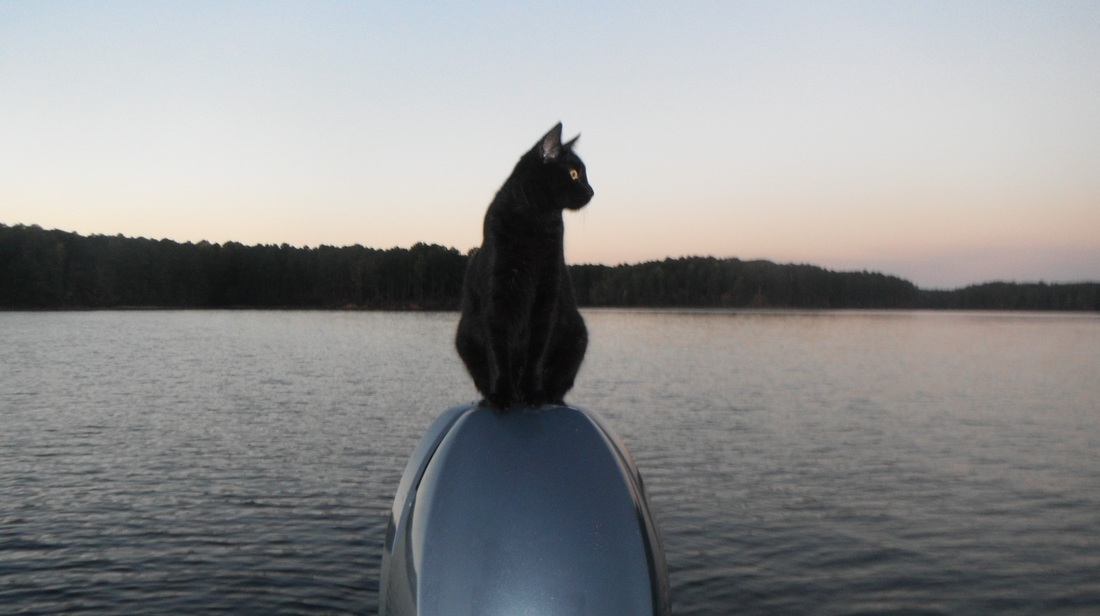
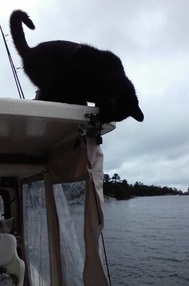
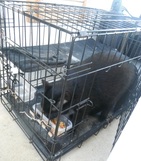
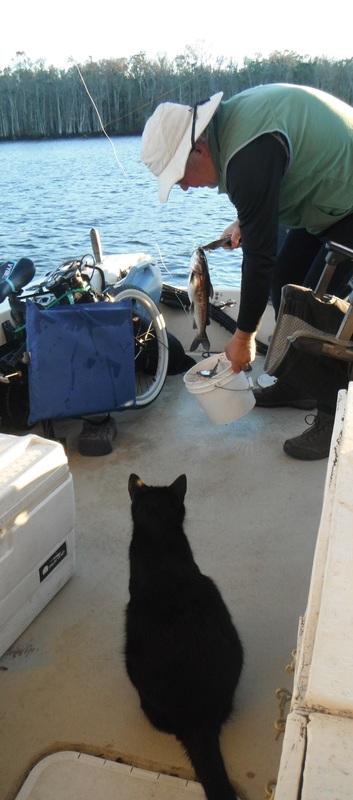
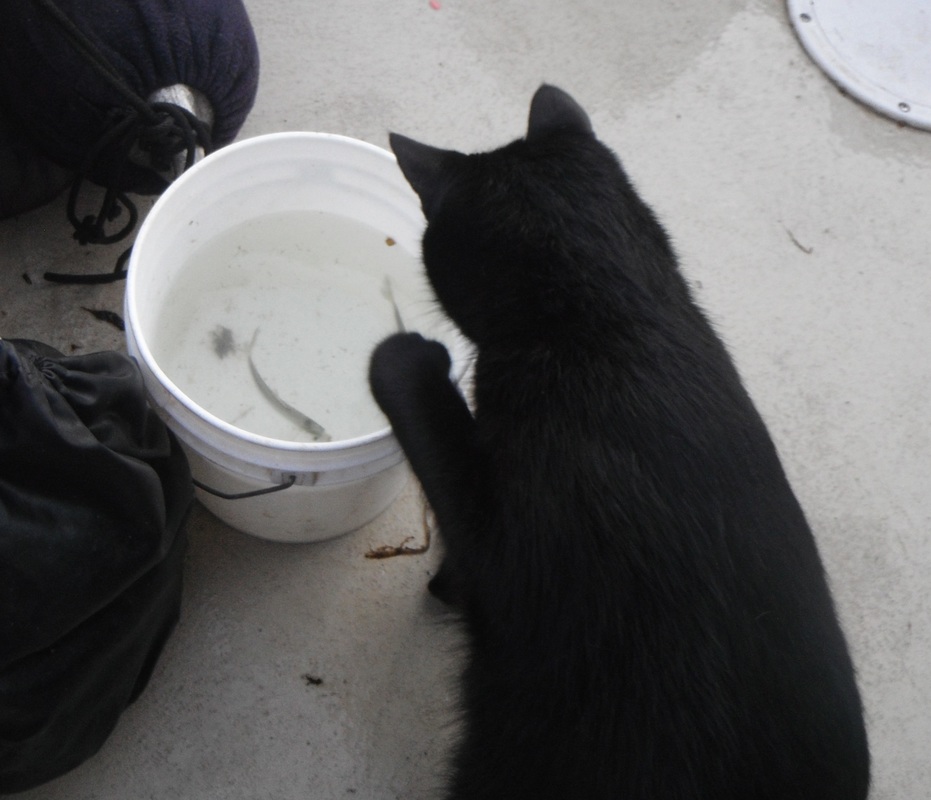
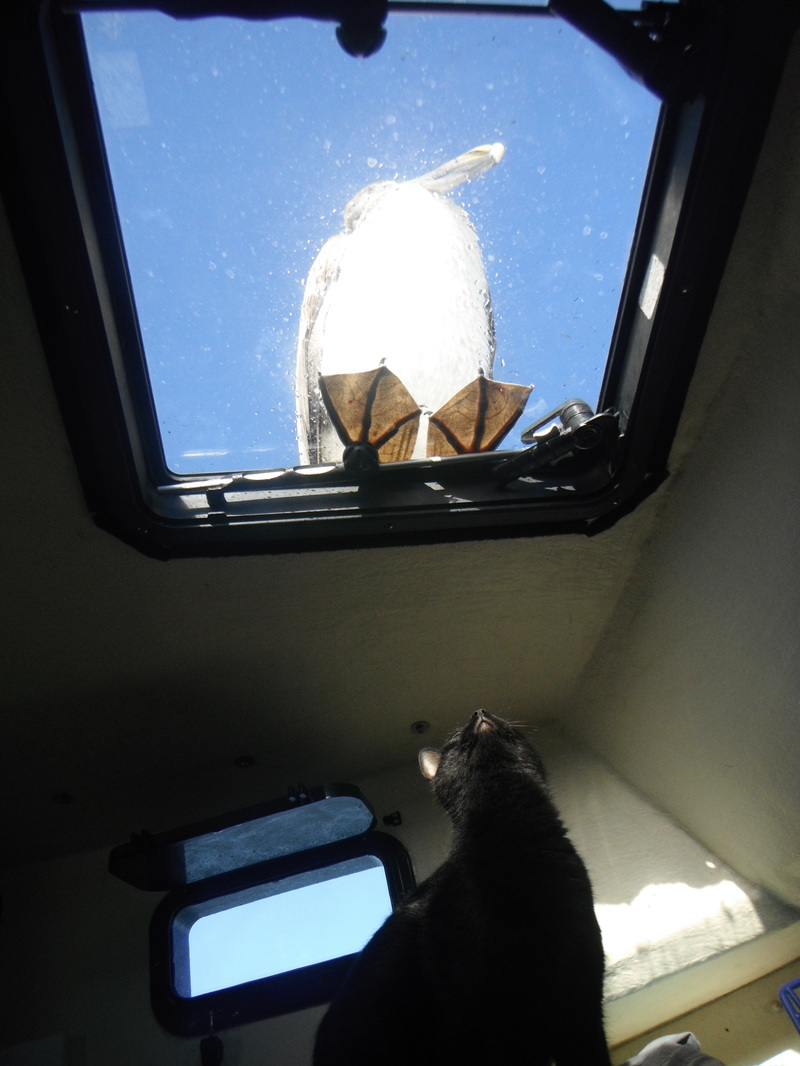
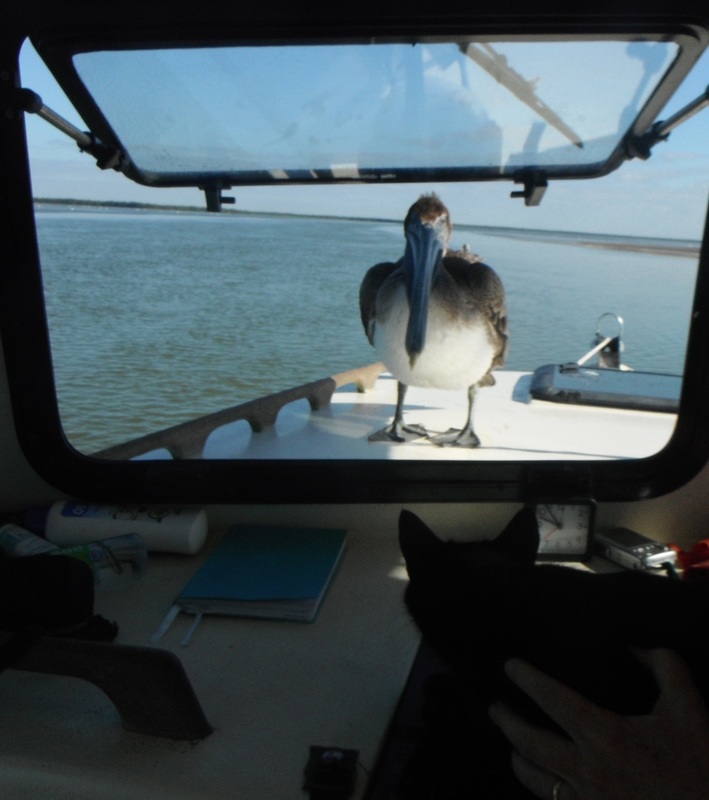


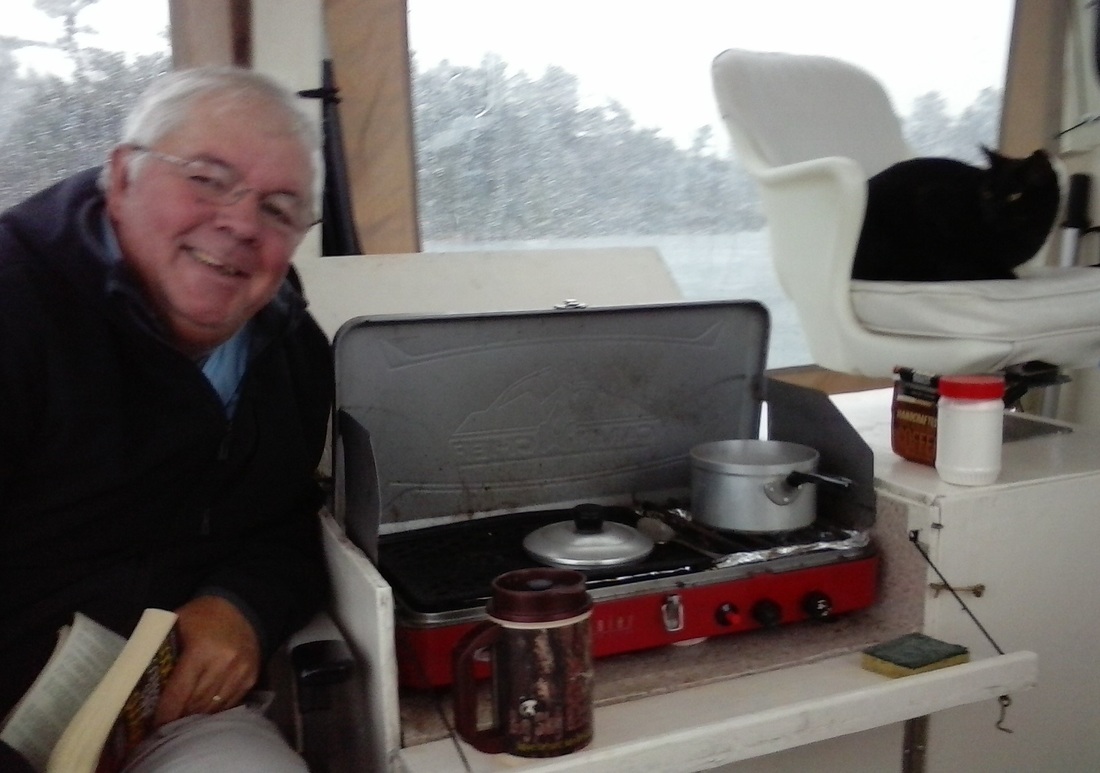
 RSS Feed
RSS Feed
